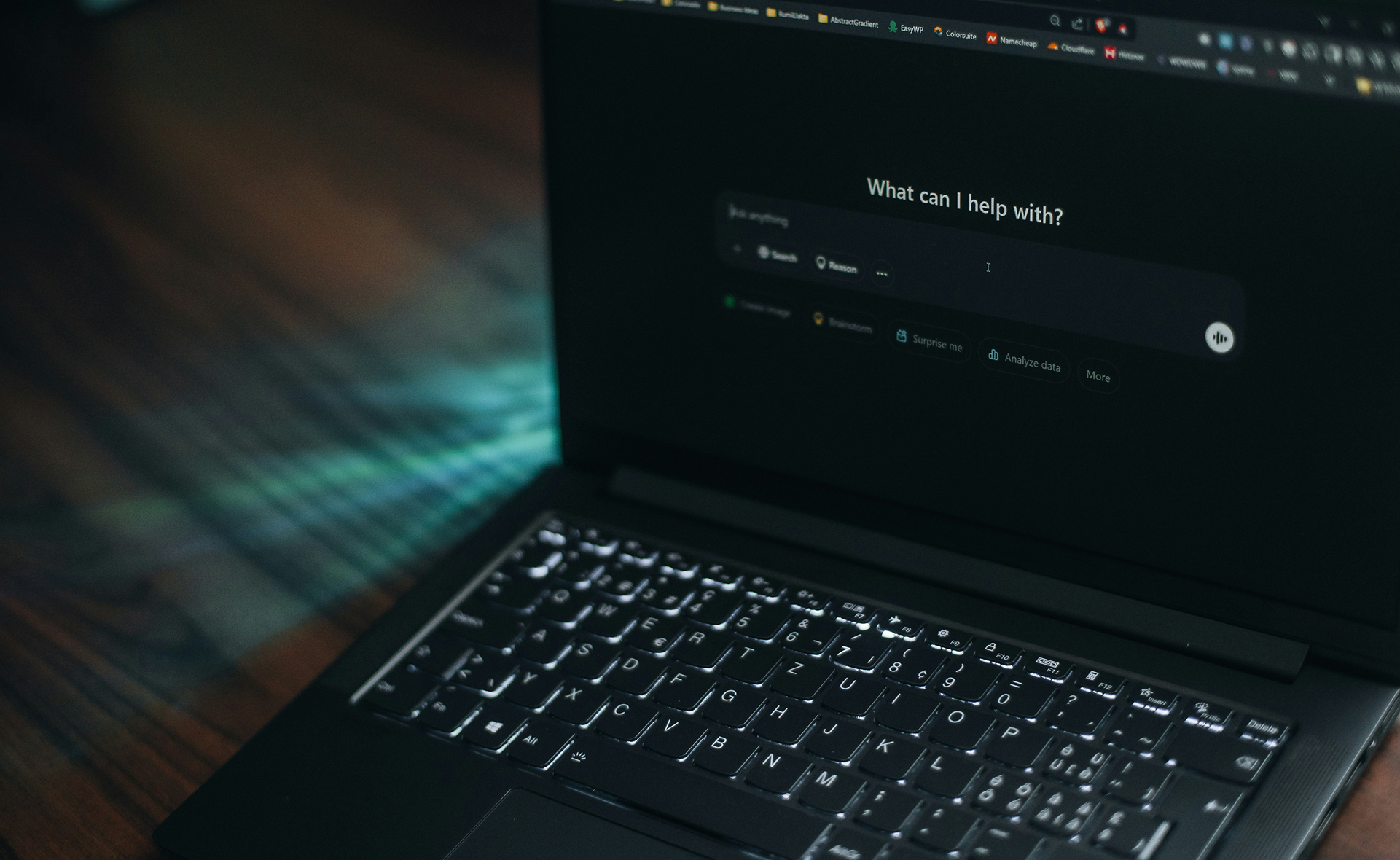How to master localisation in Latin America
With the rise of its middle class and online connectivity, Latin America is a market filled with opportunity. With 642 million people, 19 countries and 37 language families, applying a localisation strategy to the region might feel a little daunting.
Helpfully, we’ve put together a comprehensive guide on how businesses can master marketing and localisation across Latin America.
Why businesses should target Latin American consumers#
First things first, Latin America is online and ready to spend. There are approximately 454 million internet users in the region. Internet penetration in South America and Central America stands at around 73% and 61% respectively and is steadily increasing. The growth in online connectivity is also boosting the ecommerce prospects across the Latin world.
Retail ecommerce sales, which is admittedly underdeveloped at present, is expected to grow 21.% to a total valuation of $71.34 billion. This will tie Latin America with the Middle East and Africa as the world’s second-fastest-growing retail market (as we have said before, the Middle East and Africa are both rising markets for brands to tap into).
Brazil is Latin America’s largest retail market, with one-third of all regional retail sales originating from the Brazilian market. Mexico is the fastest-growing retail ecommerce market, generating 35% of sales.
Young Latin Americans are the largest demographic embracing retail ecommerce in the region. Consumers between 25-34 years account for 57% of digital consumers, compared with 43% outside Latin America. The average age for the Latin American digital consumer is 33 years old, which is lower than Asia Pacific and Eastern Europe.
Robin Bartling, Partner at Bain & Company states that “consumers are increasingly more and more digitally connected and willing to pay for convenience.”
In the wake of the Brexit referendum, the British government is keen to facilitate trade with Latin America and is priming the region to become a bigger export partner. This year, the Department for International Trade launched a £20m programme to promote trade with Brazil. The UK government has also recently signed trade or economic agreements with Guatemala, Colombia, Ecuador and Peru, among others. Presently, almost 5,000 British businesses export to Mercosur countries (Argentina, Brazil, Paraguay, Uruguay, and Venezuela), with over 80% being small and medium-sized businesses.
Latin America has many consumer trends which make it an ideal place for British and European businesses to export to. The question arises of how can British businesses create a marketing strategy that is localised for the Latin American market and engages with the consumer?
How businesses can tap into Latin America#
Using social media to connect with Latin American consumers#
Brands must develop a strong social media strategy as part of the localisation process in Latin America. Like the rest of the world, Latin America has responded positively to social media. Approximately there are 567 million social media users in Latin America, which comprises 81% of the population. Peru leads the region, with the highest social media usage penetration rate at over 93%.
The most popular social media platforms in Latin America are WhatsApp and Facebook. Of WhatsApp’s 1.5 billion monthly users, 415 million are located in Latin America. Latin American social media users are also keen to be plugged into business, with 80% following a business account. A further 85% and 73% of consumers are willing to contact businesses through WhatsApp and Facebook respectively. Brazilian social media users are the keenest to interact with businesses, with 59% using the app to purchase a product or discover a brand. Instagram is also popular within the region, with user growth expected to double by 2022.
With these figures, it is clear to see that with its growing base of social media users and their willingness to interact with businesses, businesses need an effective social media marketing strategy in Latin America. Not only should brands focus on advertising on these social media platforms, but they should also consider using Latin American social media influencers to give their campaigns a more homegrown and interactive appeal.
At Locaria, we provide multilingual social media marketing that bases our strategies on specific KPIs to make sure that any investment in social generates the required return.
Master Latin American Spanish and dialects#
This is almost a moot point, but the Spanish language is very different across Spain and Latin America. Within Latin America there are many variances too. In a previous article, we discussed how much and why Spanish varies across the continent.
Granted most Spanish speakers irrespective of national background can understand each other without major difficulty. Some of these linguistic differences are relatively small (e.g. ‘tapas‘ is translated as ‘pasapalo‘ in Venezuela and ‘picadita‘ in Argentina). But if a business is going to succeed in localising for the Latin American market it needs to get to grips with how Spanish is spoken in each individual nation.
Understanding these differences, no matter how small, can help your content sound more authentic and engage better with the target audience. For instance, in Spain, a mobile phone is translated as ‘teléfono móvil’ or simply as ‘móvil‘, while in many Latin American countries it is translated as ‘celular’. In the same way an American business looking to draft advertisement copy, or capitalise on keywords for SEO or PPC purposes wouldn’t use the British-English word ‘trousers’ when trying to sell jeans, brands looking to do business in Latin America need to apply these lessons to the linguistic differences during localisation.
Localisation in Latin America shouldn’t only stop at Spanish. Latin America is also home to French, Portuguese and nearly 370 indigenous languages. Haitian Creole is different from French, and Brazilian Portuguese has its own traits which differ it from Portuguese. Plus, Latin America’s indigenous languages aren’t all confined to a few small communities. Quechua, a language indigenous to the Andes and used by the Inca Empire, is spoken by nearly 8 million people in Peru.
Take advantage of national holidays and retail events#
Latin America shares many of the same important retail events as the English speaking world, such as Christmas, Father’s Day, Easter, Valentines Day among others. Many of these holidays fall on different dates from Britain and the USA and for the localisation process to be effective in Latin America, businesses should mark these dates and note their specific cultural nuances.
For example, the following holidays occur at different points of the year:
Valentine’s Day — Celebrated annually on February 14 in America and the UK. Many parts of Latin America celebrate the holiday on the same date, but it is known under different names depending on the country. In Guatemala it is known as Día del Cariño (Affection Day); while in Costa Rica, Mexico and Puerto Rica it is known as Día de los Enamorados (Lover’s Day) or Día del Amor y la Amistad (Day of Love and Friendship).
However, the equivalent holiday in Colombia, Día del Amor y la Amistad, is marked on the third Saturday in September each year. On June 12 Brazil celebrates Dia dos Namorados (Lover’s Day) and on June 13 marks St. Anthony’s Day. Like Valentine’s Day, couples exchange gifts and engage in many romantic activities during this period.
Father’s Day — Celebrated in the US and UK on the third Sunday in June, Father’s Day is traditionally celebrated in Latin America on March 19, although a few countries do use the American and British date. In Brazil, Father’s Day is held on the second Sunday in August.
Younger retail phenomena such as Black Friday have also made strong inroads into the Latin American market. According to a survey by Visa, Latin Americans are increasingly joining Black Friday and Cyber Monday sales.
Awareness of Black Friday is almost universal, with almost 97% of Puerto Rican consumers being familiar with the holiday. In countries like Brazil and Venezuela, awareness sits around 95% and 83% respectively. As the event is widely popular overseas, businesses wanting to success in Latin America need to focus on the localisation of their Black Friday marketing strategy to appeal and retain customers after the period has passed.
But Latin America is comprised of 19 distinct countries with their own cultural traditions that translate into their own retail holidays. As ecommerce continues to take off, this presents a lucrative chance for businesses to take advantage. Exploring cultural holidays as part of the localisation strategy is a great way for businesses to make inroads into the Latin American market.
Here are a few important Latin American holidays all businesses should add to their calendar:#
Children’s Day– This is a second Christmas for Latin American children. On this day, children receive presents from their parents and families. Naturally, this is an extremely important period for retailers. Last year, Brazilians spent nearly half a billion dollars on Children’s Day. In Mexico, confectionery and toys lead as the dominant products most families spend money on during the holiday, but the day also sees an increase in families engaging in outdoor activities or going to the movies.
| Country | Date |
| Colombia | Last Saturday of April |
| Mexico | April 30 |
| Paraguay | May 31 |
| Venezuela | Third Sunday of June |
| Uruguay | August 9 |
| Chile | Second Sunday of August |
| Argentina and Peru | Third Sunday of August |
| Brazil | October 12 |
El Buen Fin — Short for ‘El Buen Fin de Semana‘ (The Good Weekend), El Buen Fin was heavily inspired by Black Friday and emerged in 2011 as part of a government initiative to stimulate the economy. Taking place the weekend before Mexican Revolution Day, retailers extend their opening hours and give special discounts and offers. In 2018, El Buen Fin generated almost 7 billion pesos ($360 million) and is steadily growing as a popular retail holiday. In 2020, El Buen Fin will fall between 13 and 16 November.
Back-to-school and school holidays — This isn’t a cultural holiday, but school terms in Latin America tend to return to school much earlier in the year than in America or Britain. Summer holidays generally run from mid-December to March. In Brazil, Argentina and Chile, students return to school around February or March. As such, this time of the year is heavily commercialised.
Not only are these holidays periods of the year where consumers spending is at its highest, but these points also enable brands to establish their brand personality through a well-crafted localisation strategy that engages with Latin Americans.
To find out more#
To succeed in Latin America and make the most of opportunities there, you need to understand your target markets and be properly equipped to communicate with your audience in a fully relevant, powerful way.
Find out how Locaria can help you achieve these goals by calling us on +44 (0)20 3948 6800, or request a quote online today.



